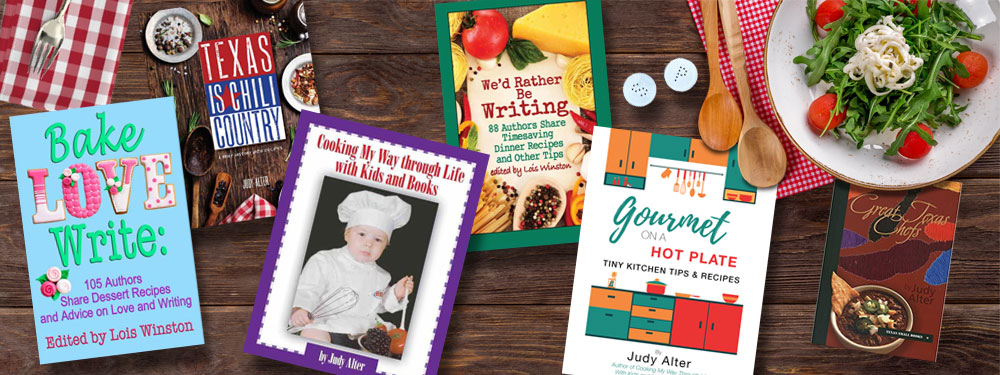Obviously several years ago, but here are the boys in the kitchen.
Christian is often in the kitchen, cooking for us. Yum!
Christian
fixed Mongolian beef for our dinner the other night, using flank steak. It was
everything I don’t associate with flank steak—tender, flavorful, delicious. His
secret? He “velvets” the meat. So I asked him to explain.
Ever notice
that when you eat stir fry in a Chinese restaurant the meat has a special
tender quality that you never can achieve at home? It’s due to velveting, a
Chinese cooking method used primarily for stir fries but useful in all kinds of
dishes.
Christian,
a great cook who loves to experiment, was researching Asian cooking and came
across the velveting technique. You don’t often, he said, see the words “velvet”
and “beef” in the same sentence. The name may come from a velvet-like texture
on the outside of meat that has been treated. Or some descriptions say the meat
becomes “soft as velvet.” At the same time, velveting locks in moisture.
Christian
tried it and found it was genius for cheaper cuts of meat like flank steak or sirloin
that you intend to cut into strips for anything from stroganoff to tacos al
carbon. Velveting tenderizes round steak for chicken-fried and is magic for
some chicken dishes. Recently, I made coq au vin, with white wine and chicken
instead of the traditional red and beef, and the sauce was delicious but the chicken
too chewy—Christian said next time he’ll pound it flat and velvet it for me.
Velveting
is fairly easy but it does add time to the cooking process. You slice the meat
against the grain first, to expose all those tough fibers. It does not work as
well with one large piece of meat.
Next,
make a slurry of 1 Tbsp. cornstarch, 1 Tbsp. rice vinegar, 1 tsp. salt, and one
egg white. Whip the mixture as though you’re making scrambled eggs. Then pour
it over the meat, stirring to be sure all strips are evenly coated, as you
would with a marinade. Let the meat sit in the mixture for thirty minutes, and
then dip it in boiling water or boiling oil for 45 seconds. (Christian always
uses water because working with boiling oil is difficult and dangerous—and it
would take a lot of oil.) Drain the meat on a plate coated with paper towels.
There
is another method, slightly easier. Simply coat the meat with baking soda and
after the thirty minutes rinse. If you let it sit at all longer than the half
hour, the taste of the meat will be affected by the baking soda. Christian
prefers the slurry method (though he wishes for a better word).
Christian Burton’s Mongolian
Beef
1 lb. flank steak, thinly
sliced, cut into bite-size pieces, and velveted
¼ cup cornstarch
½ tsp kosher salt
½ tsp finely ground black
pepper
2 Tbsp. sesame oil
1/3 cup light soy sauce
1/3 cup water
2 tsp. freshly grated ginger
3-4 garlic cloves, minced or micro
planed
½ cup dark brown sugar
½ cup vegetable oil
¼ tsp. red pepper flakes,
optional
2-3 green onioned, chopped,
for garnish
Sesame seeds, for garnish
Heat
sesame oil, soy sauce, water, ginger, garlic, and red pepper flakes in small
saucepan and simmer until mixture reduces by one-fourth. Remove from stove and
set aside.
Separately
toss beef pieces in cornstarch, salt, and pepper.
Heat
vegetable oil in large skillet over medium heat. Working in batches, if necessary,
cook beef in a single layer. Each piece should have a crispy crust on both
sides. Drain excess oil from the meat on a plate lined with paper towels.
After the
beef is cooked, wipe out skillet with a paper towel to remove leftover grease.
Add the beef and the soy mixture to the skillet and again let it cook over
medium heat until liquid is reduced to a thick glaze. Do not cook until all
liquid is evaporated—you want that delicious sauce.
Serve
at once over white rice and garnish with sesame seeds and green onions.
Chopsticks not required.




